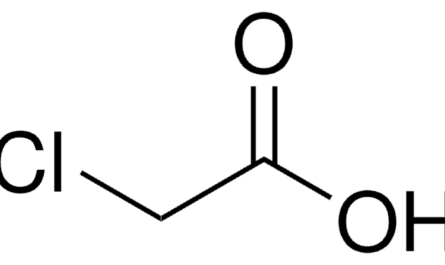Marine Coatings Market: Protecting Ships from Corrosion in Harsh Marine Environments
Introduction to Marine Coatings
Marine coatings, also known as marine paints, are specialized coatings that protect the hulls and various components of ships, boats, oil rigs and other marine structures from corrosion caused by sea water and harsh environmental conditions. These coatings form a protective barrier between the structure and its environment, preventing water and oxygen from reaching the metal surface and initiating corrosion.
Importance of Marine Coatings
Corrosion poses one of the biggest threats to marine vessels and offshore structures. Left unprotected, sea water would quickly corrode metal hulls and components, compromising their structural integrity. Marine coatings play a vital role in protecting trillion dollar marine assets and ensuring safety at sea. They help extend the operational life of ships by preventing early structural failure and costly repairs. Today’s advanced marine coatings can provide protection for over 25 years in ideal conditions with regular maintenance.
Types of Marine Coatings
There are different types of marine coatings used for various purposes:
Anti-fouling Coatings: Applied to the underwater hull portion that is submerged in water. Contains biocides that prevent marine organisms like algae, slime and barnacles from attaching to the hull and slowing down ships. Semi-ablative and ablative types gradually wear off to release biocides over time.
Anti-corrosive Coatings: Used above the waterline on the hull and superstructure to protect steel from corrosion caused by exposure to moisture, salt, sun and pollutants in the air. Epoxy and polyurethane types form a protective barrier.
Hold/Ballast Tank Coatings: Applied internally in cargo holds and ballast tanks to prevent corrosion of tank surfaces from cargo residues and sea water absorbed during voyages. Epoxy phenolic coating types tolerate immersion.
Deck Coatings: Applied on exterior open deck areas to protect steel decks from corrosion and provide a durable non-slip texture. Epoxy and polyaspartic types have high abrasion/chemical resistance.
Interiors: Applied on interiors like cabins, engine rooms and pipes to decorate and protect steel bulkheads, structural members and pipes from corrosion. Epoxy and polyurethane coatings are used.
Marine Coatings Composition and Application
Marine coatings consist of pigments, binders and various additives that work together to provide protection and desired properties. Key components include:
– Pigments: Provide color and UV resistance. Zinc, aluminum and other metallic pigments aid anti-corrosion.
– Binders: Act as the film forming medium, typically epoxy, polyurethane or silicon-based polymers. Bind pigments to the substrate.
– Additives: Include biocides, extenders, thickening agents etc. to enhance certain characteristics.
Marine coatings are typically applied in multiple coats through spraying, brushing or rolling. Surface preparation is critical for good coating adhesion. Modern coatings are increasingly 100% volume solids and UV cured to reduce VOC emissions. Strict quality control ensures coatings meet class society standards for marine applications.
Latest Trends in Marine Coatings Market
Advancements are ongoing to develop more durable, environment-friendly and multifunctional marine coatings. Some key trends include:
– Fouling-release or slick coatings that prevent biofouling from adhering to the hull rather than relying on biocides.
– Self-polishing, controlled depletion polymers in anti-fouling paints that environmentally adjust the biocide release rate over time.
– Nontoxic, powder or water-based coating systems with zero VOC emissions.
– Antibacterial coatings containing silver or other ions to prevent bacterial adhesion and biofilm formation.
– Intelligent coatings embedded with sensors to monitor corrosion or fatigue damage in real-time.
– Hybrid protective systems combining barriers like ceramics with active corrosion inhibitors for long-term hull protection.
Conclusion
Adoption of advanced marine coatings will be critical to sustainably protect the world’s shipping fleet that transports over 90% of global trade. Ongoing R&D aims to develop smarter, safer and environment-friendly coating solutions suited for both new ship constructions and maintenance/repair applications. Strict quality standards and application procedures will ensure marine coatings fulfill their role in shielding ships from corrosion to enhance safety and extend operational lifetimes. All of these factors are expected to boost the demand in the global marine coatings market.



